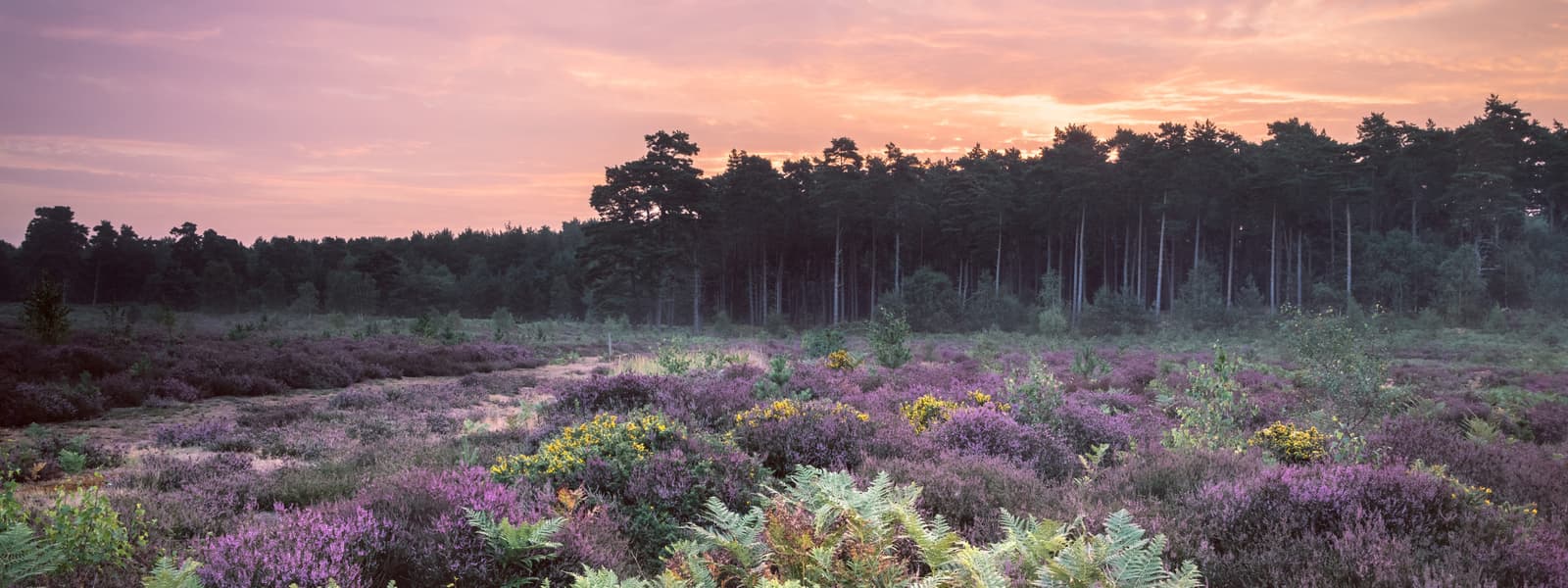Delivering on a global target for nature
The COP16 Conference is ongoing in Cali, Colombia with one focus on how the 196 countries which pledged to protect at least 30% of the world's land and water and restore 30% of degraded ecosystems by 2030 will fulfil the commitment they made in 2022.
Defra published its next steps to deliver 30by30 on land earlier this week, recognising the urgency of the action needed to reach the target, only five years away.
The plan clarifies that National Landscapes (as part of the family of Protected Landscapes) should ‘provide the backbone to 30by30 in England, contributing towards the target where they are effectively managed and delivering in-situ conservation. We recognise that we can, and must, go further within Protected Landscapes than other areas to meet our national environmental targets, including 30by30.’
Hitting the target without missing the point
We welcome the view that Protected Landscapes should form the backbone of England’s delivery of 30by30. The 34 National Landscapes in England cover 15% of the nation’s land area and contain a disproportionate area of England’s Sites of Special Scientific Interest (28%) and broadleaved woodland (24%). It is absolutely right that these areas should contribute significantly to 30by30. A practical example is Big Chalk, which connects up southern England’s chalk and limestone areas with Protected Landscapes at the core.
For 30by30 to be a meaningful goal, it should result in thriving, nature rich landscapes that provide healthy food, clean water, natural flood defences and climate change mitigation capabilities – places where habitat has been restored to provide the nation with long term resilience to accelerating environmental change. This requires a clear understanding of each individual area and targeted improvements and, importantly, be supported by improvements across the whole landscape.
The Defra plan highlights that the new Protected Landscapes Target and Outcomes Framework will be used to measure progress on various metrics towards 30by30.
The National Landscapes Association welcomes the contract these targets form. If improvement is to be assessed on this basis, government must commit to ensuring that National Landscapes Partnerships are adequately resourced to deliver, but the PLTOF cannot be the only measure used to determine success in these areas. National Landscapes are not Nature Reserves, they are living, breathing, working places with heritage assets and great cultural significance.
The National Landscapes network has outlined three critical areas where the government could target investment to supercharge nature restoration and climate change mitigation:
Priority 1: Consolidate and recommit to current funding of £35 million per year for National Landscapes Partnerships, maintaining the effectiveness of ongoing programmes and achieving efficiency through streamlining Defra’s funding support. National Landscapes are a proven mechanism to quickly deliver priority outcomes. Part of this £35 million should come from embedding land management advice, guidance and delivery as an essential function of National Landscape teams by maintaining the current funding level (£20.2 million) of the successful, innovative, Farming in Protected Landscapes (FiPL) programme; a proven, cost-effective way to achieve landscape conservation and enhancement.
Priority 2: A prudent additional investment of £11 million per year to rebuild National Landscapes’ capacity, shore up effective functioning and position them to help deliver government targets, take advantage of immediate opportunities and lever in new external resources including private finance, which will greatly multiply government investment.
Priority 3: Strongly implement the Levelling Up and Regeneration Act’s duty to ‘seek to further the purposes’, through secondary legislation, government guidance and sector-specific advice. Use the LURA duty as a means to align decision making and investment, achieving greater momentum and coherence for national, legally binding objectives and targets, and strengthen the powers associated with National Landscapes to deliver for the nation.
